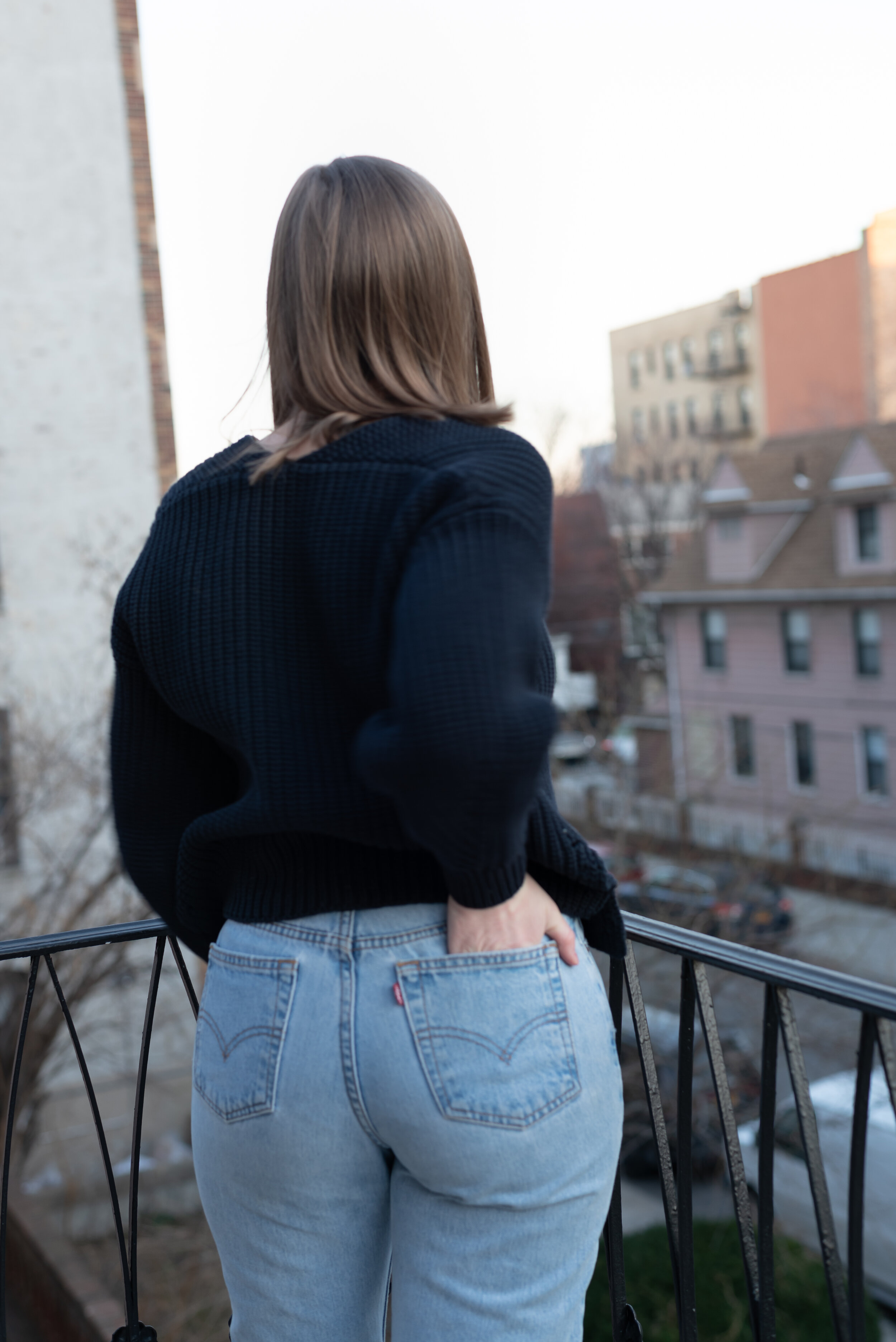Have you ever wondered why you wear a size 4 in one clothing brand and a size 6 in another clothing brand?
I interview my friend Mary Reed, who's a technical designer to better understand why clothing brands fit differently. In the fashion industry, technical designers are responsible for translating a designer’s vision into a wearable reality and ensuring that garments fit as intended.
Most clothing brands use a fit model to size their garments and determine fit. You might be wondering what is a fit model? A fit model is the person a fashion company uses as their "sample size" to fit garments. Generally the fit model represents who the company deems their target customer so she or he should have the same body type as their target customer. Most clothing brands use a fit model who represents the middle of their size range. If they are developing a clothing line with sizes 0 - 12, then they will most likely use a fit model that is a size 4 or 6. Then clothing brands use a process called “grading” to develop the other sizes in the range. To create the different sizes of a scale, the technical designer will change certain “points of measurement”, such as the bust or waist by specific increments to create the other sizes.
Ultimately we wear different sizes across different brands because clothing companies use different fit models. While it can be frustrating at times that all brands do not fit the same, it would be worse if there was one standard size and that size didn’t fit your body type. Finding clothes that fit is a challenge, but we have to find the brands that work for us and then go from there.









